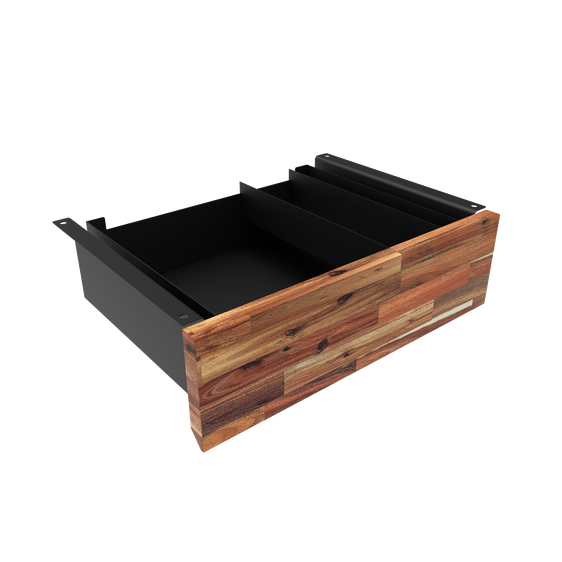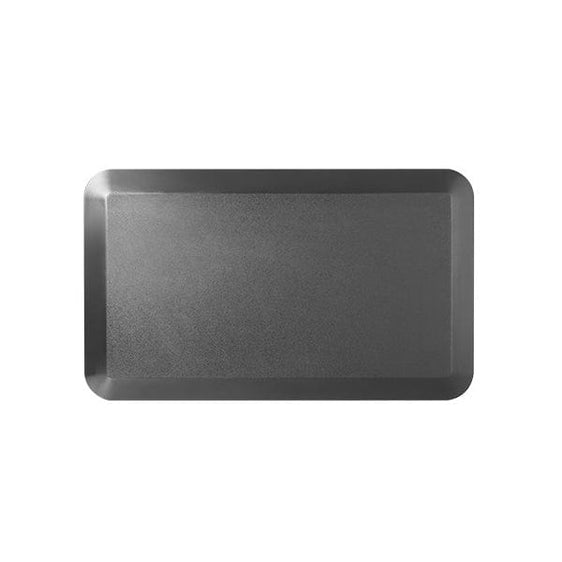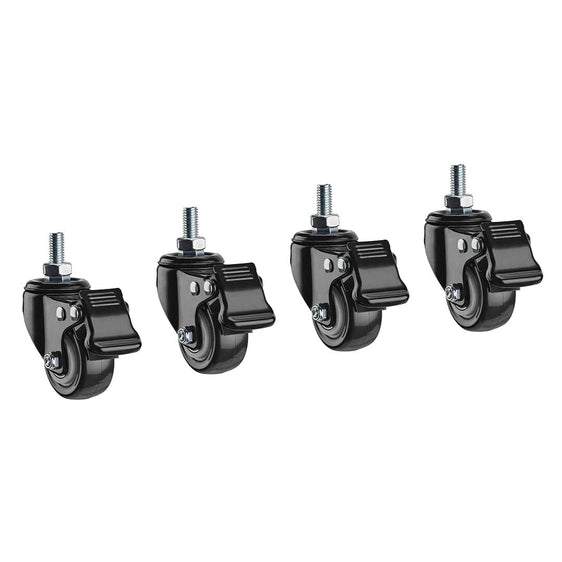
FAQ
Why do my legs hurt after standing desk?
Hayden AdamsIf you're grappling with nagging leg aches after using a standing desk, you are certainly not alone. This frequently asked concern originates from people who've recently switched to standing desks, whether for health, comfort, or productivity reasons.
But what causes this discomfort, and is there a way to avoid it? This article will aim to answer exactly that and more, including the good things about these desks, and how you can use them properly to avoid pain.
Standing Desks: Good or Bad for Legs?
Standing desks have become increasingly popular in modern workplaces, touted for their potential health benefits and ability to boost productivity. However, the impact of standing desks on leg health is a topic of ongoing debate.
While standing desks can promote better posture and reduce the risks associated with prolonged sitting, they also pose challenges for leg comfort and circulation. In this section, we will explore the pros and cons of standing desks for your legs
Pros Of Using Standing Desks
Riding on a wave of scientific backing, standing desks bring an array of benefits to your work life. These include:
- Boosting productivity
- Forestalling negative health repercussions related to sedentary habits
- Upping the odds of a pain-free workday by a whopping 80%
This means that by simply adding a standing desk to your work routine, you are improving your overall health and efficiency and making your workday brighter and more comfortable.

Standing up makes your legs stronger
Indeed, standing throughout the workday can help enhance leg muscle strength as it requires more physical engagement compared to remaining seated.
However, extended periods of standing, lacking appropriate support or rest intervals, can also lead to exhaustion, potentially leading to other health challenges. To get the most benefits, ensure breaks are incorporated periodically into your standing sessions.
You work certain muscle groups when using a standing desk
Comfortable in that chair? Well, therein lies the problem. Beneficially, standing naturally discourages slumping, thus avoiding the common neck and back strains associated with prolonged sitting.
While on your feet, you engage various muscle groups spanning from your neck, back, hips, core, and, most importantly, your legs, thus improving overall body strength.
Cons Of Using Standing Desks
Knee Pain
If utilized without proper precautions, standing desks might contribute to aches in your knees and other body parts. Long hours of standing can lead to muscle fatigue and imbalance, potentially exacerbating your posture challenges.
However, with appropriate adjustment and practice, which are detailed in our article on How To Use A Standing Desk Correctly, standing desks could certainly be beneficial for overall wellness.
Painful Legs
Extended periods in a stationary stance can cause leg discomfort for a couple of reasons. First, maintaining your legs stable and balanced engages your foot and leg muscles excessively, which, upon fatigue, can lead to discomfort. This is no strange sensation after a long day of work at an ergonomic standing desk.
The Role of Muscle Imbalance
Muscle imbalances, which often result from underused or overused muscle groups, can lead to discomfort, reduced mobility, and an increased risk of injury. Therefore, it's vital to ensure a balanced use of your muscles when standing while using your desk.
Feeling Tired At Standing Desk
Transitioning to a sit-stand desk setup might alleviate feelings of fatigue, sleepiness, and discomfort in the upper body. However, initial exposure to a standing desk setup might lead to increased discomfort in the lower body, particularly in the legs.
This dilemma presents the fallout of the acute period of adjusting to your standing desk. Meanwhile, standing more during your day can actually boost energy levels and productivity.
{{ spec_anti_fatigue_mat }}
Why do my legs hurt when I stand up from sitting?
Consistent leg discomfort, especially while switching from sitting to standing, may necessitate a medical evaluation.
Leg aches can originate from various sources, but if they arise mostly after sitting or standing for extended periods, they could be the result of fluid accumulation in the leg veins, a condition medically referred to as chronic venous disease or venous insufficiency.
The Impact of Venous Insufficiency
This condition occurs primarily due to reduced blood flow from the legs back to the heart. When leg muscles aren't activated regularly, as is often the case when one remains stationary for extended periods, blood can pool in the veins, causing pressure, swelling, and, ultimately, pain.
How To Stop Legs From Hurting When Standing At Work
To minimize leg discomfort when standing, consider:
- Taking frequent short breaks to walk or stretch.
- Using an anti-fatigue mat, which can reduce pressure on your feet and legs.
- Adjusting the desk and monitor to maintain a proper posture.
- Wearing comfortable, supportive shoes.
Combining these measures can help alleviate leg discomfort and make the transition to a standing desk smoother.
How To Properly Use Standing Desks
- Ensure correct desk height: Your desk height should be at a level where your elbows are at a 90-degree angle when typing. You can learn more about this in our guide on the proper setup for a standing desk.
- Shift positions: Consciously change your position every 30 minutes to reduce muscle fatigue.
- Appropriate footwear: Shoes with good support will help distribute your body weight more evenly.
How to stop being tired when using a standing desk
To reduce fatigue when using a standing desk, consider frequently adjusting your posture and alternating between sitting and standing.
Also, regular exercise that strengthens the flexibility of leg muscles will significantly add to your standing desk experience. Additionally, be sure to wear supportive footwear and use anti-fatigue mats to cushion your standing.
Recommended hours when using standing desk
So, what should be the standing-sitting ratio while at work? Several studies hint that standing for two to four hours daily might be optimal for your health.
Nonetheless, a proper balance should be struck between sitting and standing, as standing does not necessarily strengthen the back, but it can help reduce back discomfort.
Conclusion
In conclusion, while standing desks can offer numerous health benefits, improper use can lead to leg pain. Understanding the potential causes of this discomfort and following the recommended strategies can help manage and prevent these aches. Engage in regular movement, take frequent breaks, and optimize your standing desk setup for a healthier, pain-free work experience.








